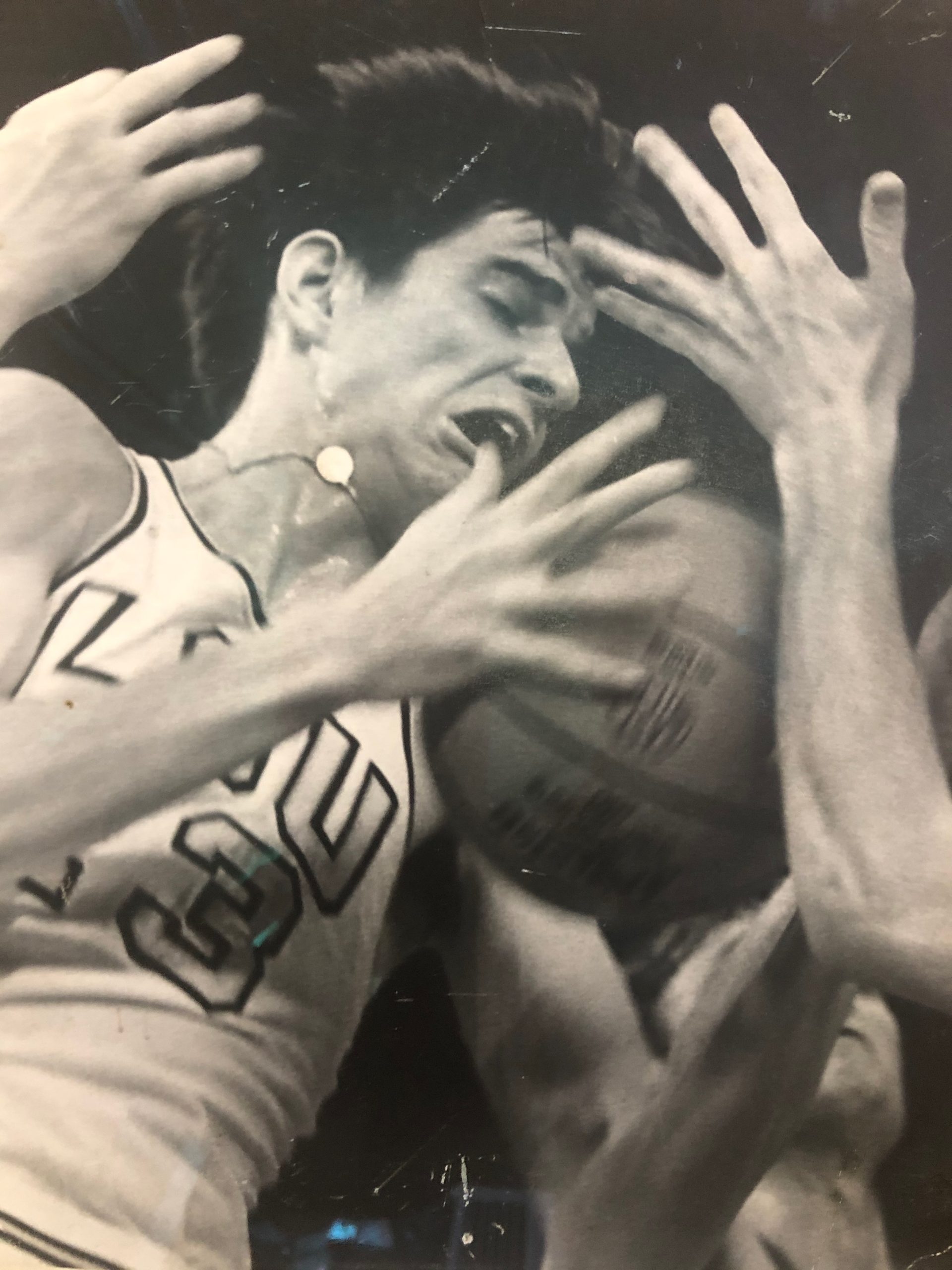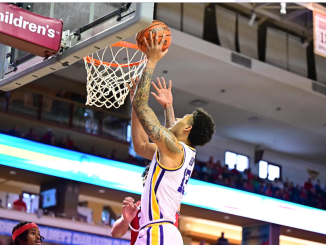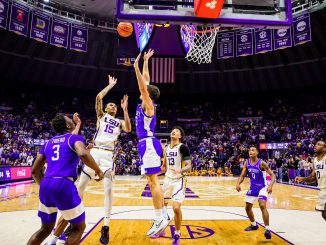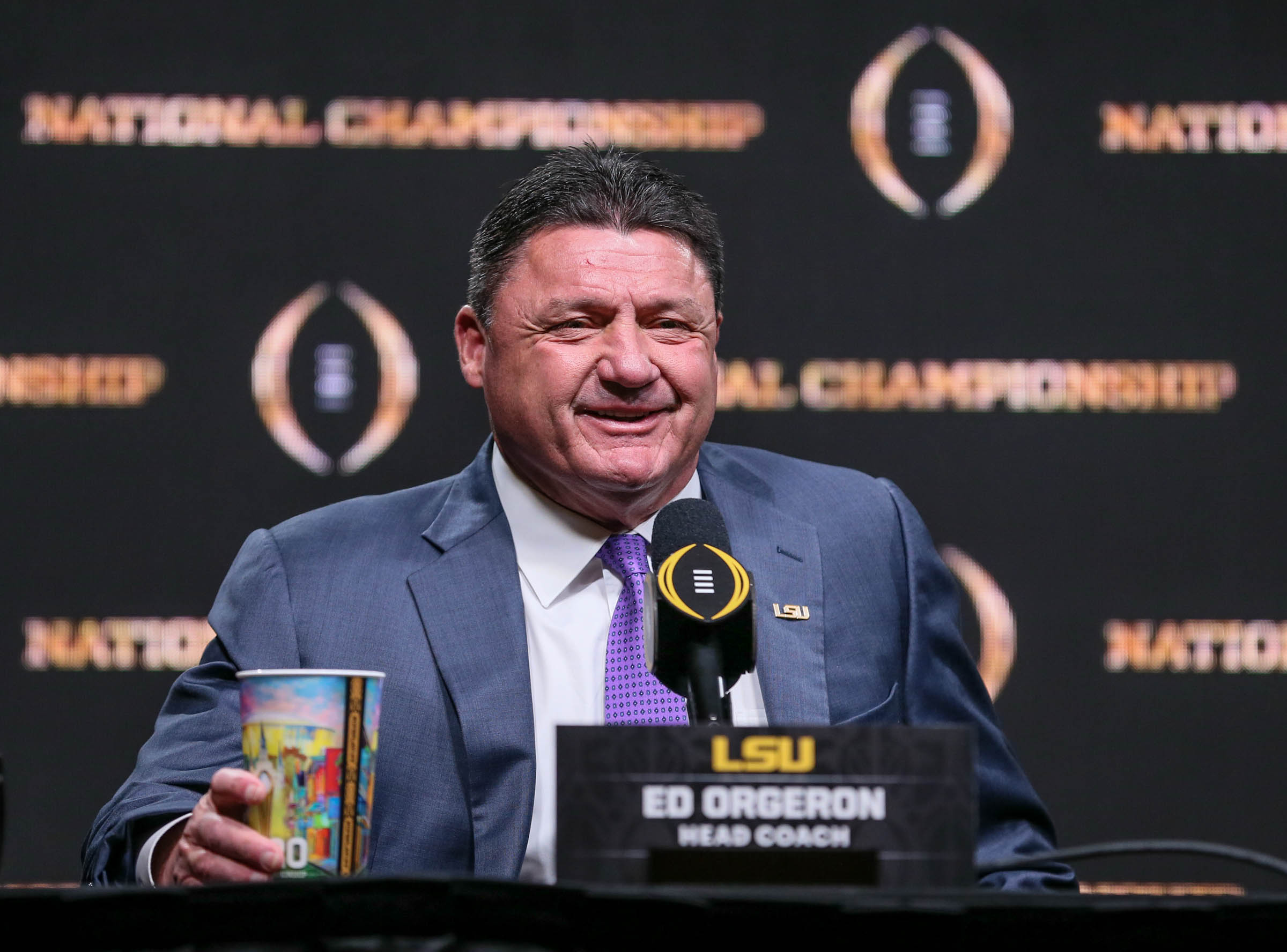
Welcome to the 13th category of our Tiger Rag High Five, the best-ever men’s basketball player.
A 15-member media panel with a collective 582 years of sports journalism experience picked LSU’s five best athletes, coaches, moments, and individual game and season performances in 21 categories covering all present and past sports.
Voters on the panel were provided information of six to 10 nominees and were asked to rank one through five. The panel voters could also write-in their own candidates.
Scoring was tallied as 5 points for a first-place vote, 4 for second-place, 3 for third-place, 2 for second place and 1 for last-place. Ties were not broken.
LSU men’s basketball hasn’t won a national championship but has played in the Final Four four times. The Tigers have won 12 SEC regular season championships and one SEC tournament.
The winner of the best-ever LSU men’s basketball player is. . .
Pete Maravich 74 (14 first-place votes)
2. Shaquille O’Neal 52
National Player and SEC Athlete of the Year 1992
3. Bob Pettit 48 (1)
Three-time All-SEC first team honoree led league in scoring 1952-53-54
4. Mahmoud Abdul-Rauf 29
Two-time SEC Player of the Year, set NCAA freshman scoring record
5. Durand Macklin 10
The school’s all-time leading rebounder and second all-time leading scorer
Here’s Maravich’s story:
It is a record that will never be broken.
That’s a crazy statement to make, but do you really think it’s possible for anyone to average 44.2 points per game in a three-year career as did LSU’s “Pistol” Pete Maravich, college basketball’s all-time scoring leader?
The late Maravich’s critics argued since his father Press coached him at LSU that he had carte blanche to shoot as much as he pleased in college, therefore he could post the gaudy scoring totals.
True, Maravich averaged 38.2 field goal attempts in his 83-game varsity career in which LSU was just 49-34. The Tigers’ only postseason appearance was in the National Invitation Tournament in Pete’s senior season.
Yet, you have to consider Maravich was almost a 44 percent career field goal shooter. Even more impressive is he scored all those points – 3,667 – in just three seasons because freshmen were ineligible for varsity competition. He averaged 43.7 points in 17 games on the freshman team, including 50 or more points in four straight games.
Also, Maravich didn’t the benefit from playing with a three-point line, which wasn’t introduced to college basketball until the 1986-87 season. Former LSU coach Dale Brown once looked at Maravich’s LSU game film and determined the Pistol would have averaged 57 points per game had there been a three-point line in college when he was firing away.
Ask any coach who had to try and stop him, such as the late C.M. Newton, and they’ll tell you that 6-5 Peter Press Maravich, his sagging lucky socks flopping and his mop-top haircut almost covering his eyes, was way more than just a scoring machine.
”He’d get his 44 points, but he was such a great passer that he made everybody else on his team better,” said Newton, who was Alabama’s coach when he had to face Maravich. ”Not only was he a complete player, but he had unbelievable mental toughness.”
Teams that defended The Pistol had to make a decision whether to guard him with more than one defender or let him get his points and try to cut off everybody else. Newton tried the latter when Maravich was a senior when The Pistol ran up a career-high 69 points in a 106-104 loss to the Crimson Tide.
”We played him straight up with one man, I never dreamed he’d get 69,” Newton recalled.
While Maravich’s scoring managed to get the attention of the national media, it was his passing and ballhandling that packed gyms wherever he played. Standing room-only crowds for basketball was something the SEC had never seen much before.
Maravich turned heads in his first days playing pickup games on the LSU campus as a rail-thin 6-4 freshman.
”I remember when I was a senior and our assistant coach Jay McCreary told me that the new kid Maravich was a hell of a player,” said Brad Brian, who was LSU’s radio analyst during the Maravich era. ”And when I saw this terrible skinny-looking kid walk on the floor, I started chuckling.
”After we played for an hour and he threw passes I’d never seen before, I went straight to a phone to call my brother. I told him, ‘Come out to LSU tomorrow and buy all the season tickets you can. I just played against the finest basketball player I’ve played in my life.’”
The Pistol rarely threw a pass that didn’t require a degree-of-difficulty. Every fast break was an adventure as he fired passes between-the-legs, behind-the-back, behind-the-neck, the no-looks. Nothing was beyond his imagination.
“I recognized early that basketball, more than any other team game, gives a guy the opportunity to be a showman,” Maravich once said in Sports Illustrated story during his senior season in 1969-70
Maravich relished personal challenges issued to him by opponents.
One time a University of Wyoming guard named Harry Hall issued a pregame promise that he would ”Jam the Pistol.” The Pistol went for 45 points, fouled out Hall and said afterwards, “That was stupid of him to say that. . .if I have to stick the ball in my pants and jump through the hoop myself to win, I’ll do it.”
At Oregon State, he scored 46 points that included a NCAA record 30-of-31 free throws, hitting 21 straight before missing.
And there was his legendary 35-foot hook shot for his 57th and 58 points at Georgia in the final game of his junior year when he had dribbled like a Harlem Globetrotter through the entire Bulldogs’ team trying to kill out the last seconds in a double-overtime win.
“Just as the buzzer sounded, the ball went in, my 58th point,” Maravich said. “It didn’t touch anything. Just oxygen.”
He averaged 24.2 points in a 10-year NBA career with the Hawks, the Jazz and the Celtics, showing his same breathtaking ball-handling skills and a more refined shot selection.
In 1986, he was enshrined in the Naismith Basketball Hall of Fame. He was named in 1996 as one of the NBA’s 50 greatest all-time players.
That came eight years after his death when he died playing a pickup game at age 40 in January 1988. An autopsy revealed Maravich’s cause of death to be a rare congenital defect. He had been born without left coronary artery.
His greatness and style transcended the decades, as noted by former NBA guard Isiah Thomas, a member of the 2000 Naismith Hall of Fame induction class.
“Players in the NBA today still can’t do the things with a basketball that Pete did,” Thomas said when the NBA staged its 2014 All-Star Game in New Orleans.




Be the first to comment